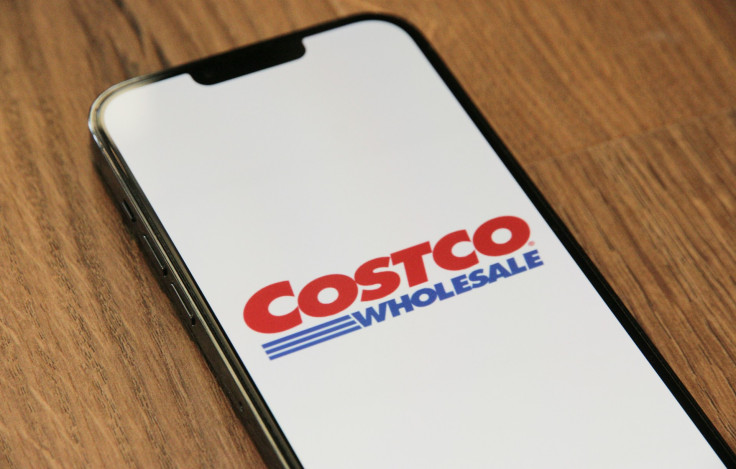Costco Stuns Members With Half-Price Wegovy and Ozempic — But Can You Get It Without a Prescription?
The retailer's new deal has made weight-loss drugs more affordable, but prescriptions are still required.

Imagine walking into your local Costco for a rotisserie chicken and leaving with a life-changing medication for a fraction of its typical price. That scenario is now a reality for members across the United States, as the big-box retailer offers the blockbuster weight-loss drugs Wegovy and Ozempic at a stunningly low cost. While the $499 price tag for a four-week supply seems revolutionary, a key hurdle remains: this game-changing deal is only accessible with a doctor's prescription.
The Mechanics Behind the Membership Perk
Through a landmark partnership with Novo Nordisk, the Danish pharmaceutical giant behind both drugs, Costco provides its members with access to these FDA-approved, injectable GLP-1 medications at a dramatically reduced price. These drugs work by mimicking a gut hormone to regulate appetite and blood sugar.
Typically, a month's supply of Wegovy can soar past $1,349, with Ozempic averaging nearly $1,000. Costco's programme, rolled out at over 600 of its US pharmacies, cuts that cost to a flat $499 for self-paying members, a move that could reshape the market.
To sweeten the pot, Executive members and those holding a Costco Citibank Visa card can also earn valuable cashback rewards on their pharmacy purchases, which further reduces the effective long-term cost.
Navigating the Red Tape: Prescriptions and Insurance
So, can you simply walk into Costco and grab a box off the shelf? Not quite. The first, non-negotiable step is obtaining a valid prescription from a licensed medical professional, a gatekeeper for these powerful medications.
Furthermore, the impressive discount only applies to members who are paying entirely out of pocket. The landscape of insurance coverage remains a complex patchwork; as Fox Business highlights, only 13 states included GLP-1 drugs for obesity treatment in their public health plans in 2024, leaving countless individuals without an affordable pathway.
While those with robust private insurance might pay as little as $25 per month, GoodRx reports that approximately one in five people lack coverage for at least one of these vital medications, highlighting a significant gap in accessibility.
More Than Just a Discount: The Broader Impact
The ascent of Wegovy and Ozempic has been nothing short of meteoric, fuelled by studies demonstrating not only significant weight-loss benefits but also reductions in stroke risk, improved liver function, and crucial heart protection. Yet their sky-high list prices have created a barrier for many Americans.
By incorporating these drugs into its pharmacy programme, Costco is making a strategic bet on accessibility, positioning itself as a major player in the healthcare space. This move challenges traditional pharmacies and solidifies its reputation for value.
As Novo Nordisk executive David Moore stated to NBC News in support of the partnership, 'We want to make sure we offer the real, authentic Wegovy and Ozempic where patients seek care. We know that Costco is a trusted brand'.
Your Path to the Pharmacy Counter
For Costco members hoping to take advantage of this offer, the process is straightforward but requires planning. Patients must first consult a licensed healthcare provider, either their personal doctor or a telehealth service, to secure a prescription. Once that is in hand, they can have it filled at any participating Costco pharmacy.
While the $499 self-pay price is still a considerable expense, it represents a profound discount compared to typical retail costs. This initiative reflects a growing push to normalise access to GLP-1 medications, moving them from the realm of specialist clinics and niche online services into the mainstream retail environment.
However, without broader insurance reform, the full, life-changing benefits of these drugs may remain an illusion for those who need them most. Costco's bold move makes them significantly more accessible for a select group, but the ultimate test will be whether it acts as a catalyst for wider, systemic change in how America funds these critical treatments for chronic conditions.
© Copyright IBTimes 2025. All rights reserved.





















